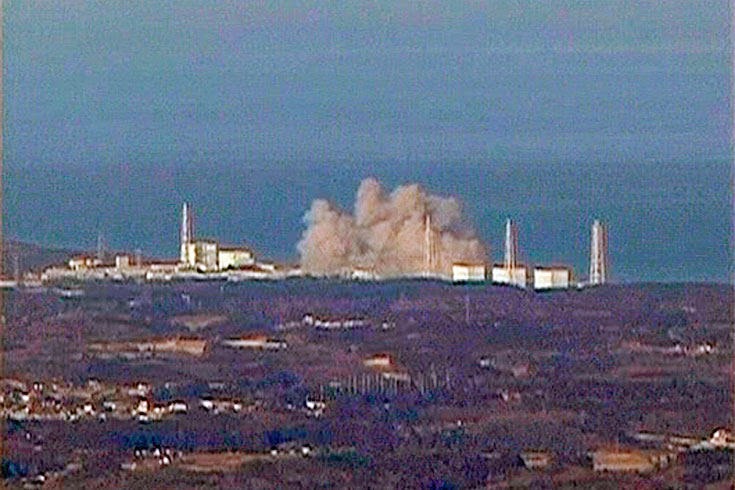Masuda’s mission to take Harajuku art global BY ROLAND KELTS New York is not a city one automatically associates with the Japanese concept of kawaii — lovably, irresistibly, dependably cute. But if Sebastian Masuda, the so-called “king of kawaii,” has his way, the mean streets of “Goodfellas” may one day emanate a candy-colored glow. Or at least his street will. Best known for founding the iconic Harajuku fashion shop-cum-global brand 6%Dokidoki in 1995, Masuda wears many hats, both career-wise and atop his head. Before becoming a fashion guru, he was an actor in Tokyo’s avant-garde theater scene, which is where he picked up the Western moniker for his persona, “Sebastian” (he keeps his Japanese birth name unpublished). In 2009, he led a tour to promote kawaii fashion in cities across Europe and the United States, hosting workshops, seminars and events to explain what he calls its “uniquely Japanese aesthetic appeal.” And since 2011, he has been the artistic and conceptual dire...



